Spice Meets Sweet: 7 Mind-Blowing Chili Recipes That Pair Perfectly with Chocolate
Table of Contents
- Introduction
- Why Chili and Chocolate Make the Ultimate Flavor Team
- Top 7 Spicy-Sweet Chili + Chocolate Recipes
- Pro Tips for Balancing Heat and Sweetness
- The Science Behind the Flavor
- FAQs: Everything You Ever Wanted to Know About Chili & Chocolate
- Conclusion
Introduction
When it comes to bold flavors, few duos can rival the electrifying chemistry between chili and chocolate. What was once a culinary odd couple is now a dynamic duo that’s taking foodies by storm. Whether you're grilling up a batch of smoky mole or stirring cocoa into your chili con carne, this spicy-sweet combo is more than just a novelty—it's a flavor revelation.

Why Chili and Chocolate Make the Ultimate Flavor Team
Let’s break it down: chocolate brings deep richness, a touch of bitterness, and a silky texture, while chili adds fiery kick, earthiness, and aromatic complexity. Together, they create a flavor symphony that engages every part of your palate—from the back of your throat to the tip of your tongue.
The real magic lies in their shared flavor compounds. Capsaicin (the heat-inducing compound in chili peppers) interacts beautifully with theobromine and polyphenols found in dark chocolate. The result? A flavor profile that’s layered, complex, and deeply satisfying.
| Flavor Compound | Found In | Effect on Palate |
|---|---|---|
| Capsaicin | Chili Peppers | Creates heat sensation, activates endorphins |
| Theobromine | Dark Chocolate | Stimulates taste buds, enhances sweetness perception |
| Polyphenols | Dark Chocolate | Adds bitterness and depth, complements spice |
Top 7 Spicy-Sweet Chili + Chocolate Recipes
If you're ready to dive into this bold fusion trend, here are 7 innovative recipes that will make your taste buds sing—and maybe even dance:
1. Classic Mole Poblano with a Dark Chocolate Twist
This traditional Mexican sauce gets an upgrade with rich dark chocolate, dried chilies, toasted almonds, and a splash of coffee. Serve it over roasted chicken or enchiladas for a truly memorable meal.
- Ingredients: Ancho chilies, almonds, garlic, onion, tomatoes, dark chocolate (70%+), cinnamon, cloves, coffee
- TIP: Toast the spices lightly before blending for deeper flavor

2. Spiced Chocolate Chili Con Carne
Yes, you read that right. This hearty beef chili takes a detour through flavor town with the addition of unsweetened cocoa powder and crushed red pepper flakes.
- Ingredients: Ground beef, kidney beans, bell peppers, onions, cocoa powder, crushed red pepper, smoked paprika, cumin
- TIP: Add a splash of balsamic vinegar at the end to brighten the richness
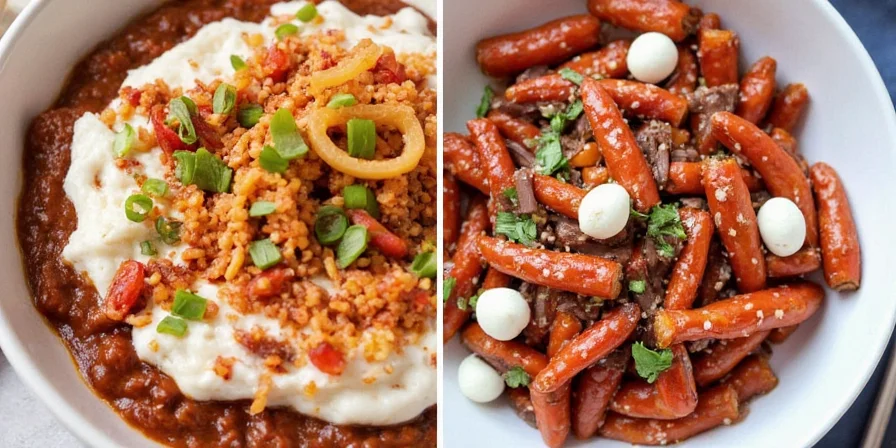
3. Smoky Chipotle Hot Chocolate
Kick your classic hot cocoa up a notch with chipotle powder and a hint of cinnamon. It’s like a campfire in a mug—except way better.
- Ingredients: Whole milk, dark chocolate chips, chipotle powder, vanilla extract, cinnamon stick
- TIP: Top with whipped cream and a pinch of smoked salt for extra flair
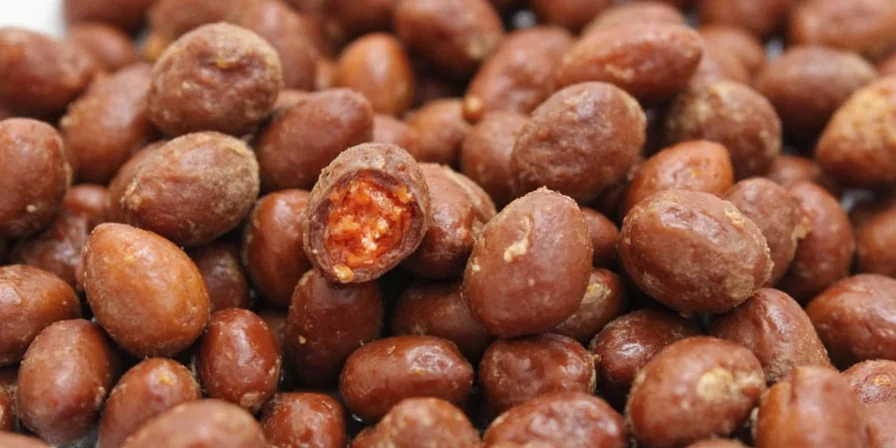
4. Chili-Cocoa Rubbed Steak
Grill lovers, this one’s for you! A dry rub made from chili powder, cocoa, brown sugar, and espresso grounds transforms your favorite cut into a carnivore’s dream.
- Ingredients: Cocoa powder, chili powder, ground espresso, brown sugar, smoked paprika, salt
- TIP: Let the meat rest for 30 minutes after seasoning for deeper flavor penetration

5. Black Bean Brownies with Jalapeño Swirl
Who knew black beans could be so indulgent? These fudgy brownies get a secret health boost from black beans and a spicy surprise from jalapeño swirls.
- Ingredients: Canned black beans, dark chocolate, sugar, jalapeños, flour, baking powder
- TIP: Blend the beans with eggs first for a smoother texture
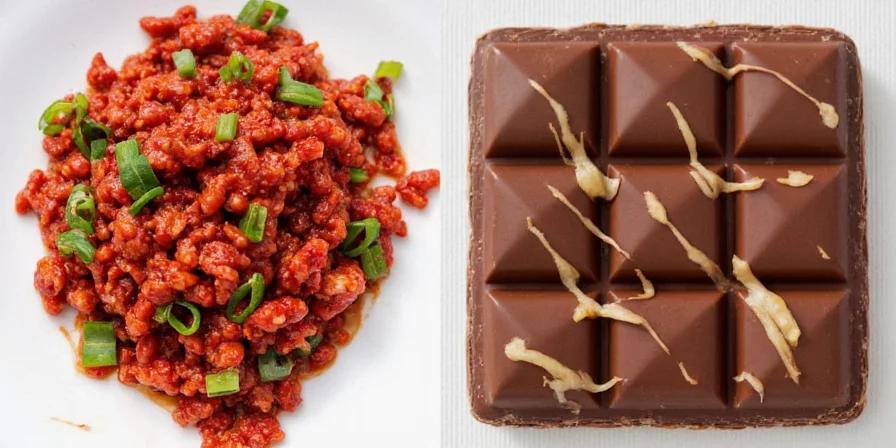
6. Chocolate-Chili Popcorn Mix
A sweet-and-spicy snack that’s perfect for movie nights or game day. Think caramel corn meets Mexican street corn—with a chocolate twist.
- Ingredients: Popcorn kernels, melted chocolate drizzle, chili powder, sea salt, crushed peanuts
- TIP: Toss warm popcorn with the mix-ins for better adhesion
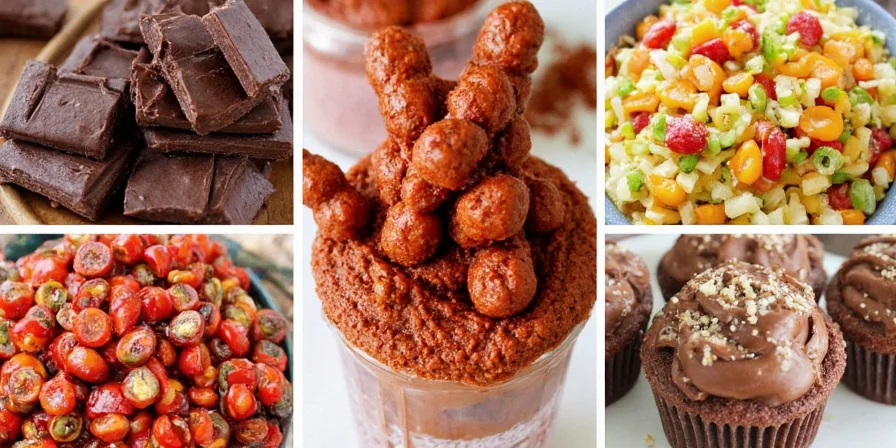
7. Dark Chocolate Chili Bark
This easy no-bake treat combines dark chocolate with a dash of cayenne and chili powder for a bark that’s as beautiful as it is addictive.
- Ingredients: Dark chocolate, cayenne pepper, crushed pistachios, orange zest, chili powder
- TIP: Use tempered chocolate for a shiny finish and crisp bite
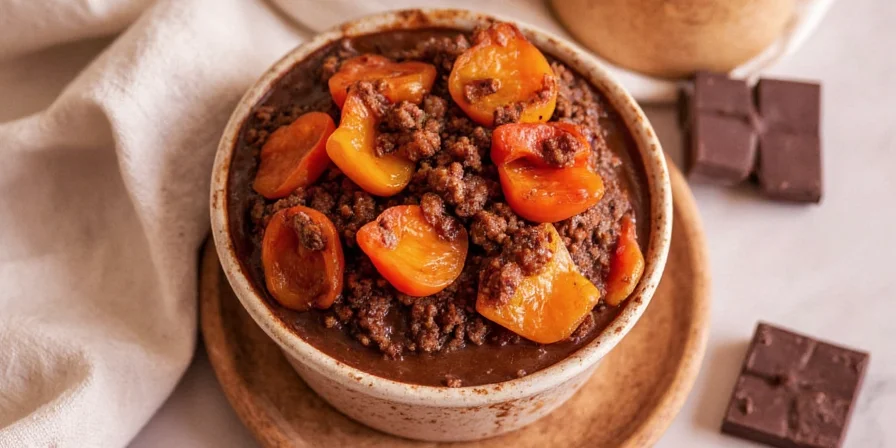
Pro Tips for Balancing Heat and Sweetness
Mastering the chili-chocolate combo isn’t just about throwing random ingredients together. Here are some insider tricks from chefs who do it best:
- Start low and go slow—especially with cayenne or ghost peppers.
- Choose the right chocolate—dark chocolate (70%+) holds up better to spice than milk chocolate.
- Balance acidity with a splash of citrus juice or vinegar.
- Use fat strategically—dairy (like sour cream or coconut milk) can tone down heat without dulling flavor.
- Layer flavors by roasting or toasting spices before mixing into your dish.

The Science Behind the Flavor
Believe it or not, there’s real science behind why chili and chocolate taste so damn good together:
- Endorphin Release: Capsaicin triggers the release of endorphins—the body’s natural painkillers—which makes spicy food feel euphoric.
- Bitterness Meets Sweetness: Chocolate’s natural bitterness provides a counterpoint to the spiciness, creating a rounder, more balanced flavor profile.
- Mouth Feel Magic: Chocolate adds a creamy texture that softens the aggressive punch of raw heat, making the dish more enjoyable.
| Scientific Factor | Role in Flavor |
|---|---|
| Capsaicin Interaction | Triggers heat receptors and endorphin release |
| Bitter Compounds | Balance intense sweetness and offset spiciness |
| Fat Content in Chocolate | Helps distribute heat evenly across the palate |
FAQs: Everything You Ever Wanted to Know About Chili & Chocolate
Q: Does all chocolate work with chili?
A: No—stick with dark chocolate (70% and above). Milk chocolate tends to mute the spiciness and becomes overly sweet when paired with chili.
Q: How can I reduce the heat if I go too far?
A: Add dairy (like yogurt or sour cream), fat (coconut milk), or acid (lime juice) to mellow out the spice.
Q: Can I use fresh chili instead of powder?
A: Absolutely! Fresh chilies add a brighter, more vegetal note. Just remember to roast them first for maximum flavor.
Q: What cuisines traditionally use this combo?
A: Mexican cuisine has been pairing chili and chocolate for centuries—think mole sauces. Some Indian and Middle Eastern dishes also use cacao in savory preparations.
Q: What desserts benefit most from a chili kick?
A: Anything with chocolate, especially brownies, truffles, and mousses. Even ice cream gets a cool upgrade with a sprinkle of cayenne.
Conclusion
So, what have we learned? Chili and chocolate may seem like an unlikely match, but in reality, they’re flavor soulmates. Whether you’re cooking up a classic mole, spicing up your hot chocolate, or baking a batch of jalapeño-swirled brownies, this combo delivers boldness, balance, and a whole lot of fun.
Now grab your apron, stock up on dark chocolate and your favorite chili varieties, and start experimenting. Who knows—you might just discover the next big thing in fusion flavor trends!
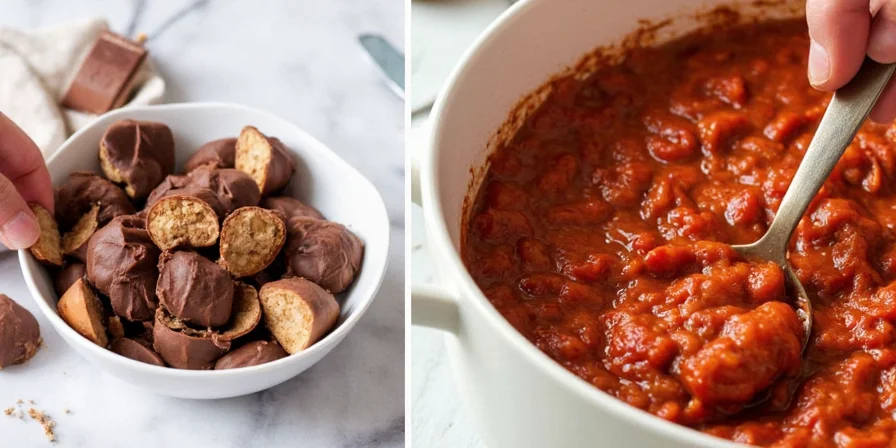

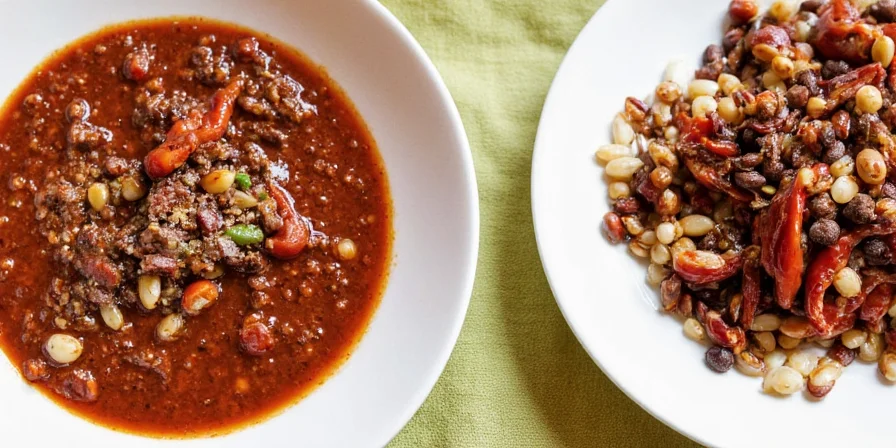









 浙公网安备
33010002000092号
浙公网安备
33010002000092号 浙B2-20120091-4
浙B2-20120091-4